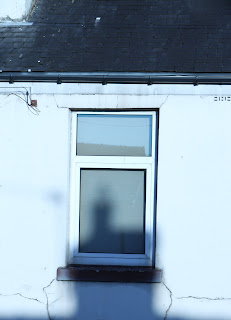All light sources give off different colour temperatures of light. White balance is a useful function on a digital camera because it acts as a digital filter to counteract the effects of colour casts.
All digital cameras have an auto white balance (AWB) setting which works by making the brightest element in the image white and then using that as a point of reference, adjusting all the other hues to create true to life colour. However, if there's no 'white' reference point, or the scene is dominated by one particular colour, the camera's AWB setting can be tricked into making the wrong decision. To counteract this, the digital camera also has a number of preset white balance modes; tungsten, fluorescent, daylight, cloudy, shade and flash.
These modes use a fixed temperature common to the specific light conditions and will usually produce more accurate colours that when using AWB.
There is also a custom white balance setting. With this setting, you take a shot of a white card under the light conditions you are in and the camera will record this as white. Then, it will use thats setting for all shots! Clever!
Some cameras will even allow you to input the exact Kelvin setting if you know the colour temperature of the light source being used.
If an image appears too warm or red, selecting a higher temperature setting such as 'daylight' or 'cloudy' and taking the picture again should give more accurate colours. Similarly, if the image appears to cool or blue,selecting a lower temperature setting will warm the image.
Here are some images I took to demonstrate the effects of the different white balance modes...
White fluorescent light
Tungsten light
Cloudy
Shade
Daylight





No comments:
Post a Comment